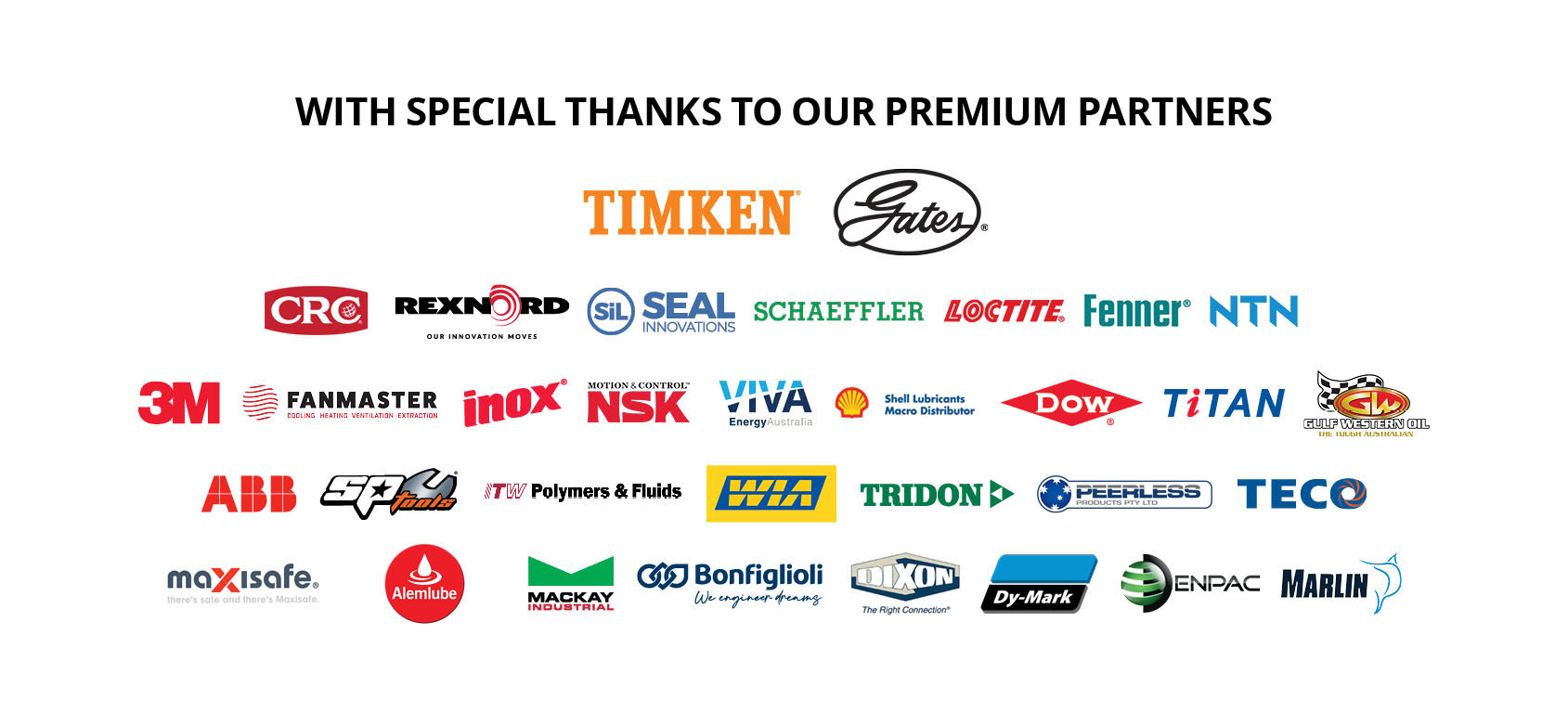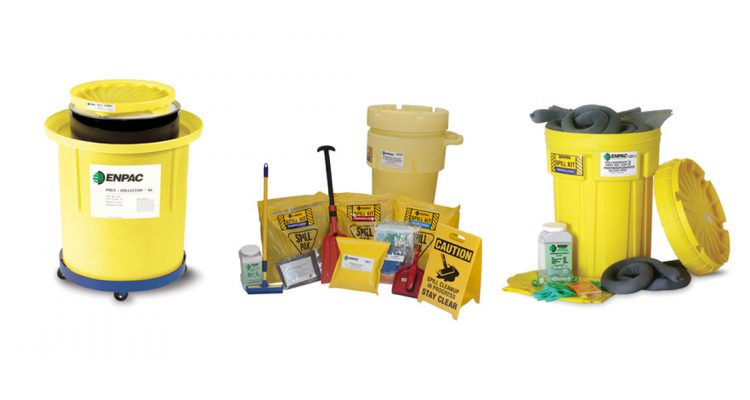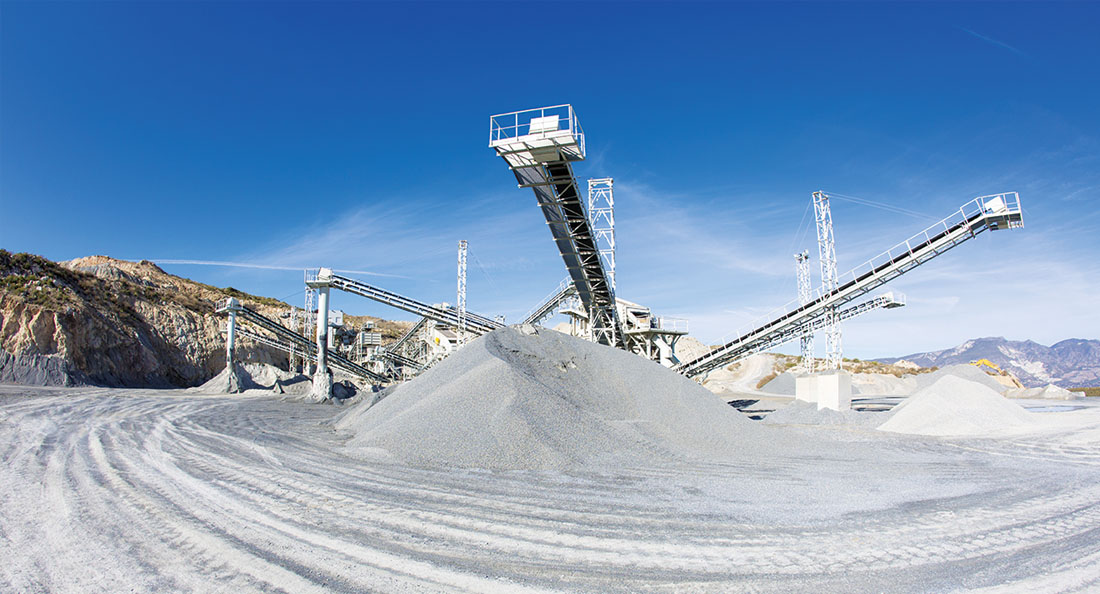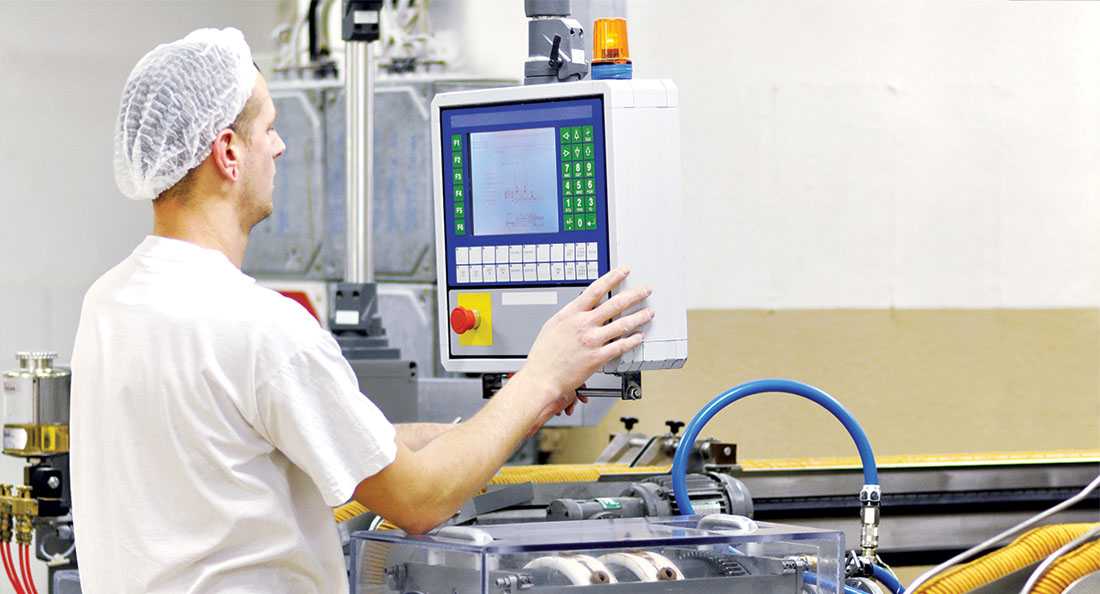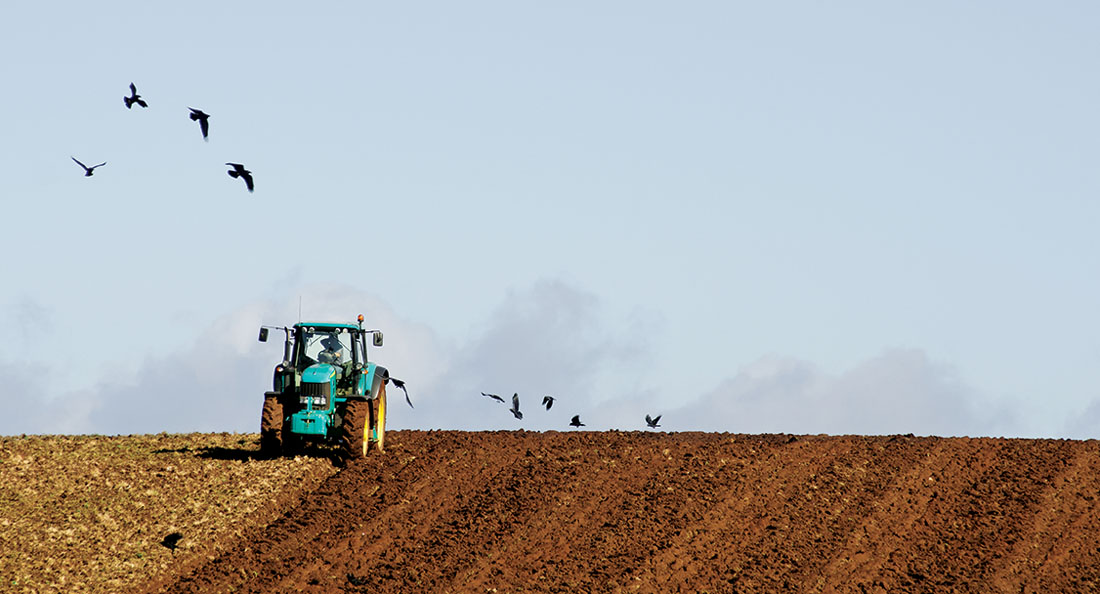Enpac LLC is an American manufacturer that was founded on one simple principle: “protecting the environment from hazardous chemicals by providing customers with high quality, affordable containment solutions.”
From the moment a spill occurs, there is a race against the clock. Every moment lost, increases the risk of a lasting adverse effects on the health of the workers and the environment, which is why it is important for site managers to be prepared with an inventory of spill bunding kits on site.
For mine site managers, one of the greatest threats is an oil or chemical spill occurring when there is nobody around to see it, or worse, no way to contain it.
“It’s imperative to have a storage and containment system in place on site,” says Steve Keown, National Product Manager for Liquids, Oils, Solvents, and Adhesives at BSC. “If there is a spill when nobody is present, it can leak into the soil, a storm water drain, or run off into a creek or surrounding environment. The aim is to prevent the spill from getting away. A leak can cause significant damage and the clean-up costs are huge. The losses are tremendous all around.”
BSC’s relationship with Enpac has evolved over the last four years from proving spill bunding to fully customisable spill kits for customers.
“We sell lubricants and solvents to customers and Enpac works nicely with that because they supply spill bunding and equipment and containment units where lubricants and solvents can be kept,” says Steve. “Whether it be decanting or a pump or hose, we can provide risk management and contingency solutions. It’s a nice added value for our customers.”
Enpac offers a range of more than 50 different pre-assembled spill bunding kits, “customisable for the particular type of chemical, oil, or coolant being contained,” explains Steve. To simplify the options, he separates spill bunding kits into three main solution offerings.
Drums-On-Wheels
Enpac has a range of Drum Spill Kits, as well as Tote Spill Kits and Multi-Response Kits that are easy to roll around site in wheeled containers.
“These spill kits are essentially a large drum with all that is required to take to the site. They might include absorbent pads, absorbent flexible bunding, mats to put over the drains, safety glasses, some chemical resistant gloves and perhaps a respirator. The kit can be designed for size and purpose.”
Storage
Enpac offers a complete range of bunded storage and dispensing solutions that are purpose designed. These include Poly-Containers, IBC Containment Bunds and Dispensing Stations, Spill Pallets, and Overpack Salvage Drums, Drum Storage Hardcovers and TARP Covers, Totes as storage containment systems for 20L, 209L, or 1000L drums.
“It’s important to consider where you have actually got your lubricant stored. These solutions include bunding to accommodate that storage area. If a failure happens with a pump, drum, or a nozzle without a particular bunding around it, it can be critical. The bunding serves as a damming piece.”
Portable
Enpac’s Spill Containment Berms and Duck Ponds are portable spill containment solutions for mobile equipment.
“When operating mobile equipment on site, it is important to have a mini containment vessel in case there is a fluid leak. While repairs are being made, this is like a mini-swimming pool to prevent the leak from getting into the ground or down a drain which can cause ground water contamination.”
In Australia, the Environment Protection Act 20171 (EP Act) and Environment Protection Regulations 2021 (EP Regulations) now require all businesses to take proactive steps in managing the risks of spillage.1
Not only will taking heed on these preventative measures benefit the environment, but it will also save customers in the mining and quarrying sector valuable time, resources and expensive clean-up costs and possible fines.
“The solution could be as simple as off the shelf, or it could mean a day out on the mine site for one of our team,” says Steve.
“We go to site, assess the points of concern, drains, creeks, or particularly dangerous product on site and we work with the Enpac Account Manager to make sure that we are offering a solution that is fully customised to that customer,” concludes Steve.
Reference:1823.1: Mining and quarrying – guide to preventing harm to people and the environment. Environment Protection Authority Victoria. 2021.
Maddie’s Tips
Maddie’s tips for Assessing Environment Risk on Site
Step 1: Identify any hazards from your business activities that could cause harm.
Step 2: Assess the risk, based on the likelihood of the hazard causing harm, and the consequence of that harm.
Step 3: Implement suitable control measures, based on what is reasonably practicable for your business, with the aim of choosing the highest level of protection and reliability.
Step 4: Check controls regularly to make sure they are working, well maintained, effective and remain the most appropriate option. This process includes monitoring control measures and identifying any changes that may need to be made to improve their effectiveness.
